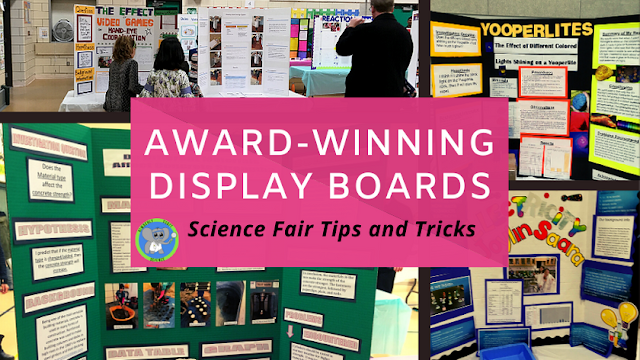Realistic Group Roles in the Science and STEM Classroom
The science classroom can be a magical place for students. They will uncover the world around them with hands-on science laboratories. Things may bubble, change colors, or move in amazing ways.
The science classroom can also be an overwhelming place for teachers and students.
Teachers need to get supplies for the activities. They need to organize it so the students achieve the correct results. Budgets are tight, and supplies are limited. This means group cooperation.
Students need to follow safety precautions as well. Every science teacher has had that lab that didn't go right or that one group that argued the whole time. Several groups may have gotten the wrong results, and now you are re-teaching the concept. It happens; it is science.
As an educator, I strive to enhance classroom management techniques that encourage positive conduct and instill scientific behavior in students.
How Can We Improve Cooperation And Get Students Thinking Like Scientists?
My spouse is a toxicologist. His work involves testing material safety in clinical labs, where ensuring consistent data and adherence to procedures is crucial. Most experiments aim for approval from regulatory bodies such as the FDA or EPA. My husband often mentions the importance of being in a GLP Lab (Good Lab Practices) and his role as a study director or the upcoming QA inspection. This made me curious about these group roles and whether similar practices could be beneficial in a science classroom. Therefore, I wanted to learn more about GLP.
I learned about the roles and adjusted them for the classroom. I made group cards and descriptions. I started implementing it into my teaching. I love it and continue to expand it more and more.
What I found was the groups stayed on task better and collected data more efficiently. Lab tables were staying more organized, and there were fewer mistakes. They even got more consistent data. The sink area was not as crowded because there was a role for cleaning. I wasn't bombarded with students because each group had an assigned person to ask for help. The students enjoyed the roles. The experiments went more smoothly, our discussions were better, and they were taking more of a lead in their learning.
Since GLP stands for Good Lab Practices, I thought that would make a lot of sense to my students. It tells them what to do and doesn't focus on what not to do. Now I don't say. "Follow the safety rules." I say to students, "Are you using Good Lab Practices?"
This doesn't necessarily make my classroom quiet. I find science classrooms are never quiet. Students need to be able to discuss what is happening, and they get excited. That doesn't bother me as long as they are following good lab practices.
How Do You Get Started?
- Decide how many people you want in your groups. I have groups of 3-5 students. My favorite is 3-4, but sometimes you have to have 5.
- Decide on the roles that work you for. Our roles are:
- Study Director: They are the leader and recorder.
- Quality Assurance: Are they doing quality work?
- Principal Investigator: Leads the hands-on stuff.
- 3 Lab Technicians (If it is a group of 5) Clean-up, measuring, etc.
- Plan a lesson to introduce the group roles. Give the students the opportunity to practice with a simpler lab. This one works really well for the start of the year.
SHOP THIS POST
LEARN MORE
.png)









